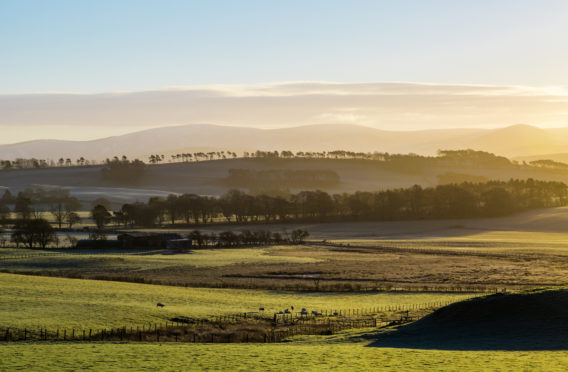A gung-ho Brexit roadshow swung into Perth this week, manned by farmers’ union leaders who proffered a ready-made farm support regime for roll-out by 2021 or 2022.
NFU Scotland’s (NFUS) top team made no secret of their frustration with the Scottish Government’s continued wrangling over whether or not to adopt Westminster’s Agriculture Bill and the absence of an alternative plan from Holyrood.
Within hours, however, government officials likened the union’s proposals and calculations to “fantasy football”, and pointed out that putting a detailed practical support plan in place and matching it to available resources was more equivalent to fielding a real team on the pitch at Old Trafford.
A government source also refuted the suggestion that farmers’ financial security was being put at risk because time was running out to get legal instruments in place to ensure the continuance of farm payments post-Brexit.
He said there was “categorically no risk” of such disruption to the industry, and while reaching agreement with Defra was a preferred option, the Scottish Government could “easily” introduce new, straightforward legislation.
Meanwhile the NFUS believes its three-tier support regime proposals are filling a void left by the Scottish Government.
The plans involve a financial stability payment for “actively-farmed hectares” together with competitive and non-competitive productivity and environmental payments, with an assumed budget of £200 per hectare.
It argues that the same amount of support should be given to farm businesses, albeit that farmers will have to do to different things to unlock that cash.
Aberfeldy hill farmer and union vice-president, Martin Kennedy, presented the detailed model to around 70 farmers in Perth and NFUS policy director Jonnie Hall admitted the union had no “Plan B”.
Both men indicated they wanted to see the industry moving faster towards a new support mechanism than the Scottish Government’s slowly-slowly approach.
Mr Hall said: “Farmers need more certainty and confidence than is currently in place and if we just do the same again with a bit of tinkering and pilots here and there, that’s not going to get people thinking long term.”
nnicolson@thecourier.co.uk







